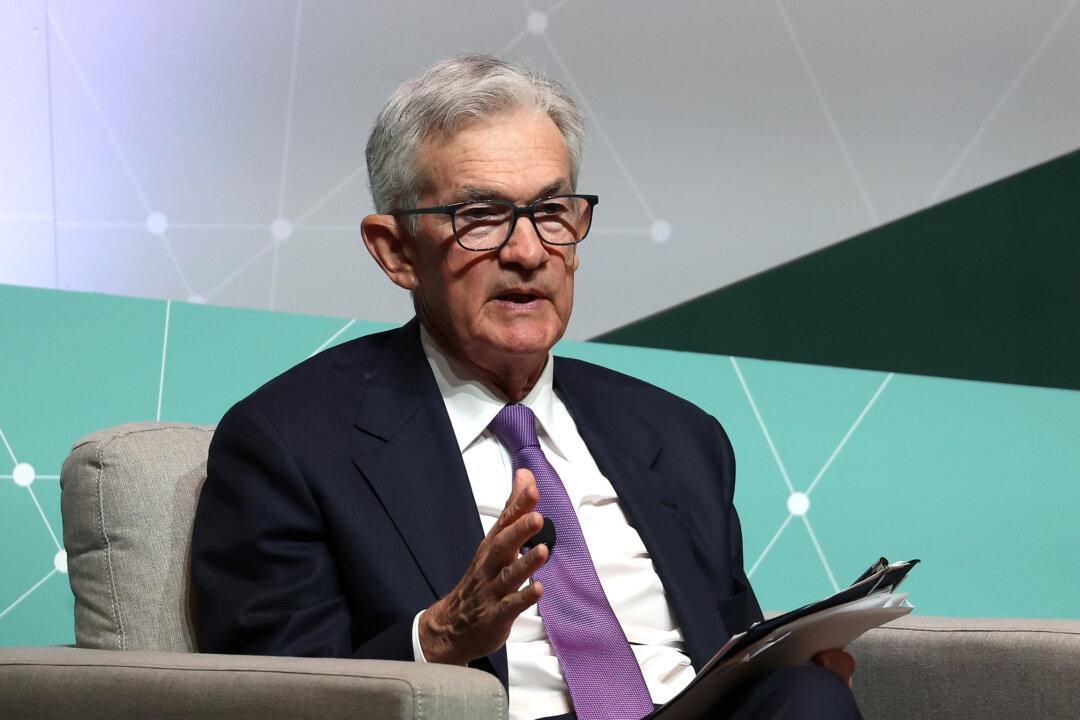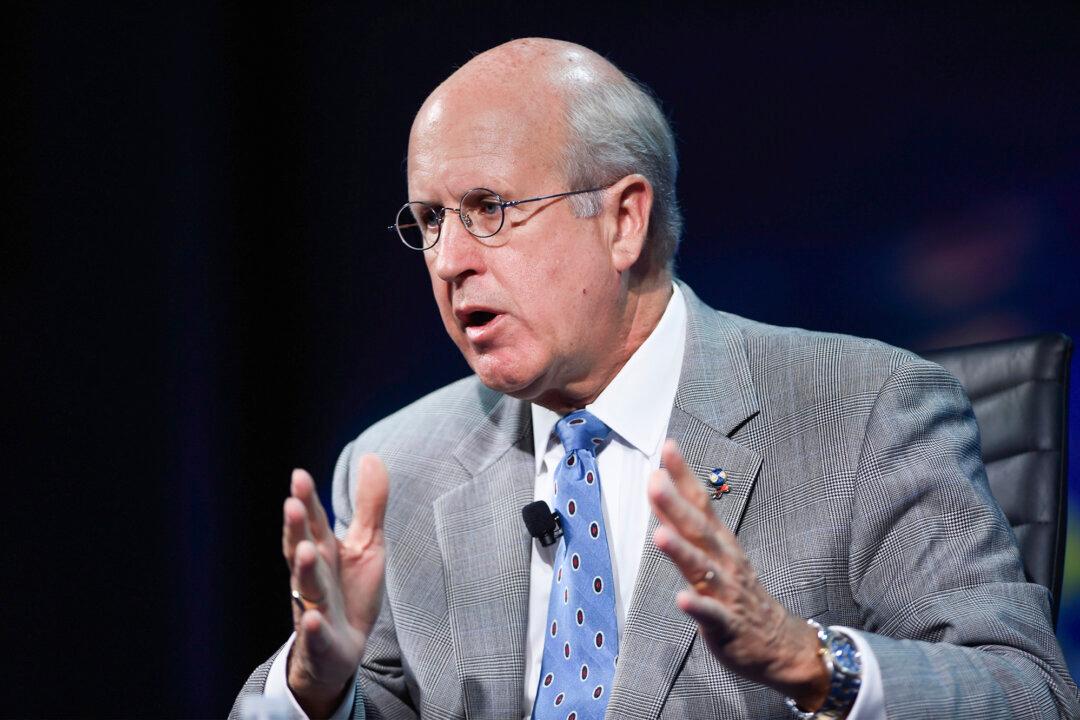Participants at the March Federal Open Market Committee policy meeting agreed about the uncertainty surrounding the persistence of high inflation. While there was debate over whether these were bumps in the road or something more, some officials alluded to how broad-based the latest uptick in inflation has been “and should not be discounted as merely statistics aberrations.”
“However, a few participants noted that residual seasonality could have affected the inflation readings at the start of the year,” the minutes state. “Participants generally commented that they remained highly attentive to inflation risks but that they had also anticipated that there would be some unevenness in monthly inflation readings as inflation returned to target.”
The meeting documents showed that rate-setting committee members suggested that financial conditions might not be as restrictive as they thought, which could resuscitate inflation threats. Additionally, geopolitical strife could be another threat to upward price pressures.
“The possibility that geopolitical events or surges in domestic demand could generate increased energy prices was also seen as an upside risk to inflation,” the meeting summary states. “Some participants noted the uncertainties regarding the restrictiveness of financial conditions and the associated risk that conditions were or could become less restrictive than desired, which could add momentum to aggregate demand and put upward pressure on inflation.”
Fed officials kept the benchmark federal funds rate unchanged at a range of 5.25 percent to 5.5 percent last month. The March updates to the Summary of Economic Projections showed that officials still expect three quarter-point rate cuts, lowering the median policy rate to 4.6 percent.
Market Reaction
The financial markets remained firmly in the red following the Fed minutes.Following the latest consumer price index (CPI) report, the leading benchmark indexes plunged as much as 1.2 percent.
U.S. Treasury yields were up across the board, with the benchmark 10-year yield moving toward a six-month high of 4.55 percent. The 2-year yield rocketed by about 21 basis points to 4.96 percent, while the 30-year yield climbed above 4.62 percent.
The U.S. dollar index, a measurement of the greenback against a basket of currencies, kept its gains intact, rallying above 106.
Market watchers have warned that a potential second wave of inflation will make it more challenging for the central bank to proceed with three rate cuts this year.
“The elevated CPI print coming in at 3.5 percent will make it difficult for the Federal Reserve to proceed with plans for 3 rate cuts this year,” said David Miller, CIO and senior portfolio manager at Catalyst Funds. “More likely, they will be stuck in a higher for longer scenario if they want to maintain their 2 percent inflation target. This will put pressure on longer duration bonds.”
President Joe Biden also weighed in on the subject, telling reporters he believes there will be a rate cut before the year ends.
To Pause or Cut
The U.S. economy has witnessed four consecutive hotter-than-expected inflation readings, leading to concerns that broad-based price pressures are reaccelerating.Additionally, the core CPI, which omits energy and food components, was unchanged at 3.8 percent. However, the 3- and 6-month annualized core CPI was 4.9 percent and 3.9 percent, respectively.
Fed Chair Jerome Powell has recently reiterated that it is unclear if the higher inflation metrics are due to seasonal adjustments or something else.
“We do not expect that it will be appropriate to lower our policy rate until we have greater confidence that inflation is moving sustainably down toward 2 percent. Given the strength of the economy and progress on inflation so far, we have time to let the incoming data guide our decisions on policy.”
For market analysts, the upward trajectory of the Fed’s preferred supercore inflation measurement, which gauges services minus housing costs, could prevent the central bank from pulling the trigger on a rate cut.
Supercore inflation was nearly 5 percent year over year. The 3-month annualized change in supercore inflation surpassed 8 percent, and the 6-month annualized adjustment was 6 percent.
“We are sticking to our view that the Fed will not cut rates in 2024,” said Torsten Slok, the chief economist at Apollo.
In recent weeks, a chorus of Fed officials has suggested that it is too early to consider rate cuts, forcing markets to concentrate on every word from the monetary policymakers, said Nancy Tengler, CEO and CIO of Laffer Tengler Investments.
“Finally, the Fed continues to make statements they have to reconsider, and the market continues to focus on every word increasing volatility,” she said in an analyst note.
For now, the March producer price index (PPI) will be a vital inflation reading for investors, Ms. Tengler said.
“I have expressed concerns that CPI/inflation was sticky. We formed this view since the last PPI prints have been hot, and PPI has led during this inflation regime. Tomorrow’s report will be critical,” she said.
The PPI, which measures what businesses pay for goods and services, will be released on April 11 and is expected to show a 0.3 percent monthly boost. It is typically a precursor to what consumers pay as it is early in the supply chain.







